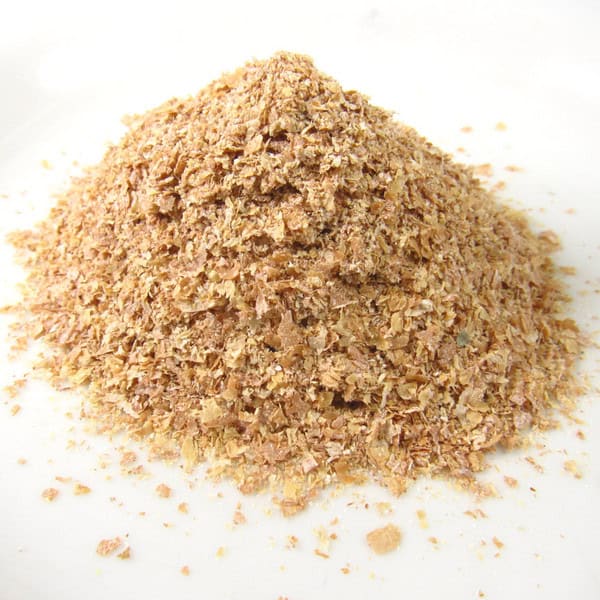This week on FEEDBACK FRIDAY: How iron in your tap water changes color, temperamental indigo flowers and what’s the function of wheat bran?
Every week for FEEDBACK FRIDAY, we are emailed with questions from our natural dye community asking simple and complex questions that we thought might be worth sharing. Of course, all of your burning questions are answered by natural dyer in chief, Kathy Hattori, Founder of Botanical Colors. This week, the effects of iron in your tap water, wheat bran is NOT a mordant and tempermental indigo flowers that just won’t bloom.
I recently purchased one of the indigo kits to dye the Kei & Molly dishtowels – but I am having trouble with the indigo. The stock will not reduce – I waited overnight, but I see no color change, it is still opaque blue. Today I heated to 130F and added a spoonful more of fructose. I do see a nice indigo flower and metallic shine on top. But no color change or sediment. And I have waited for at lest 2 hours. Any further advice?
If your calcium hydroxide is lumpy in your stock solution, break those up and get them to incorporate into the solution. You can also try adding a little more calcium hydroxide (1-2 spoonfuls) and stir. The metallic shine is a very good sign, as is the flower. If, after one hour you do not see any change, try making the indigo vat and see if it goes into reduction.
What is the purpose of wheat bran as a mordant?
Wheat bran is used to remove excess aluminum acetate mordant, according to The Modern Natural Dyer and is applied as a post-step after the aluminum acetate bath.
I am a pretty new dyer, just delving into it this year! I have done a few indigo vats and 20 or 30 batches of dyes using extracts and plant matter. I am having a lot of trouble getting madder and logwood to dye correctly. Madder extract for me is anywhere from plum on protein fibers to bright purple on cellulose. Logwood on protein fibers is grey, I can never get purple. I would appreciate any and all suggestions you may have!!
If your water contains iron, you can learn to love your water and appreciate the fact that you get sought-after purple colors with minimal effort. When you want to create rusts and orange with madder, try using collected rainwater (or purchased distilled water) for those special shades.

